Tracking the toxic air that's killing millions
- Published
- comments
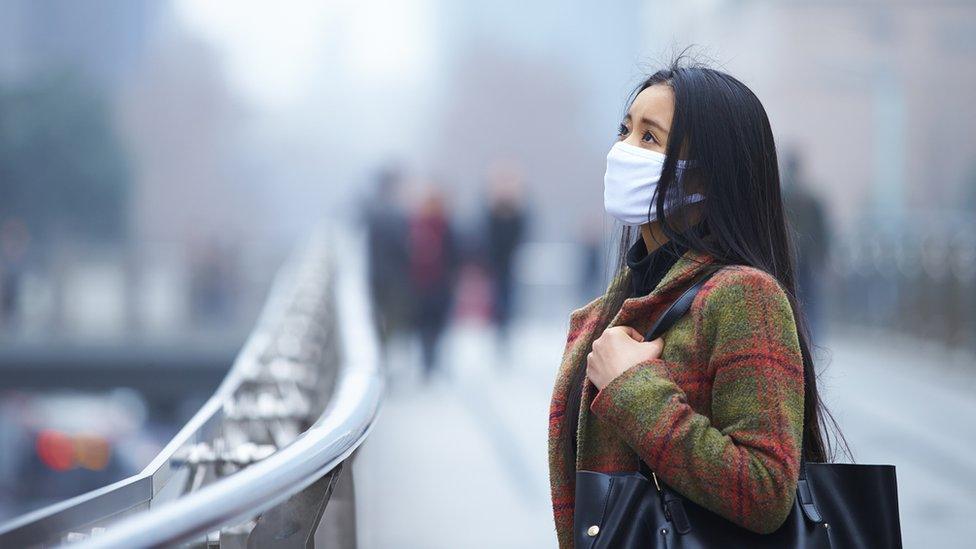
Could better tracking of air pollution help us choose safer routes?
The air we breathe is killing us.
The World Health Organisation (WHO) says air pollution causes the death of seven million people a year and accounts for a third of fatalities from stroke, lung cancer and heart disease, with more than 90% of children breathing toxic air every day, external.
Until we tackle the root causes of air pollution - burning fossil fuels mainly - we can at least learn where and when it is likely to be at its most dangerous.
And this is where the data collected by tens of thousands of air quality sensors and analysed in real time by machine learning algorithms could help.
London was once nicknamed "The Big Smoke" in its coal-burning industrial heyday. Now it is traffic pollution that's smothering the UK's capital with "filthy, toxic air", according to mayor Sadiq Khan. This pollution contributes to more than 9,000 deaths a year, medical experts have estimated.
The Alan Turing Institute, a research centre specialising in data science and artificial intelligence (AI), has been developing a programme that can sift through vast quantities of real time data from more than 1,200 remote sensors across the Greater London area.
This data is combined with other information about the weather, traffic flows, construction activity and street "canyons" - roads surrounded by high buildings where toxic air cannot easily dissipate.
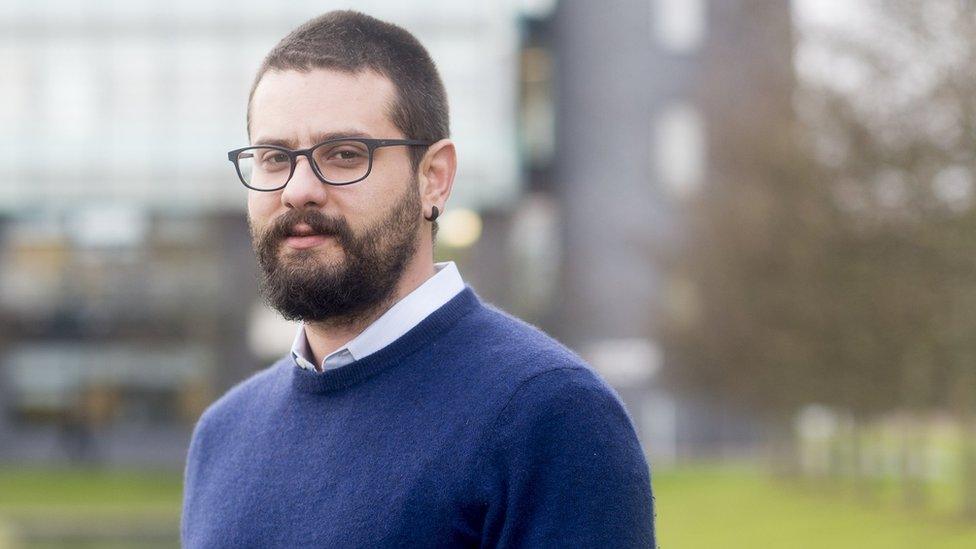
Theo Damoulas is on a mission to deliver more accurate air pollution forecasts
All this is analysed to produce a model predicting where the most polluted parts of the city will be over the next 48 hours, with hyper-local hour-by-hour estimates.
Theo Damoulas, the institute's deputy director of data centric engineering, says the team's algorithms will be able to identify running and cycling routes that minimise exposure to air pollution, for example.
"To take an informed decision you first need to be properly and accurately informed," he says. "Transforming data into information and knowledge is a crucial step... to mitigate air pollution."
Sub-Saharan Africa has been particularly badly affected by air pollution, much of it caused by the use of polluting fuels for domestic heating and cooking. The WHO report found that every single child under five is exposed to unsafe levels, external.
When it compiled satellite data on pollution last year, environmental lobby group Greenpeace found South Africa was home to the worst nitrogen dioxide (NO2) pollution hotspots in the world. And the World Bank estimates air pollution kills around 20,000 people annually in South Africa.
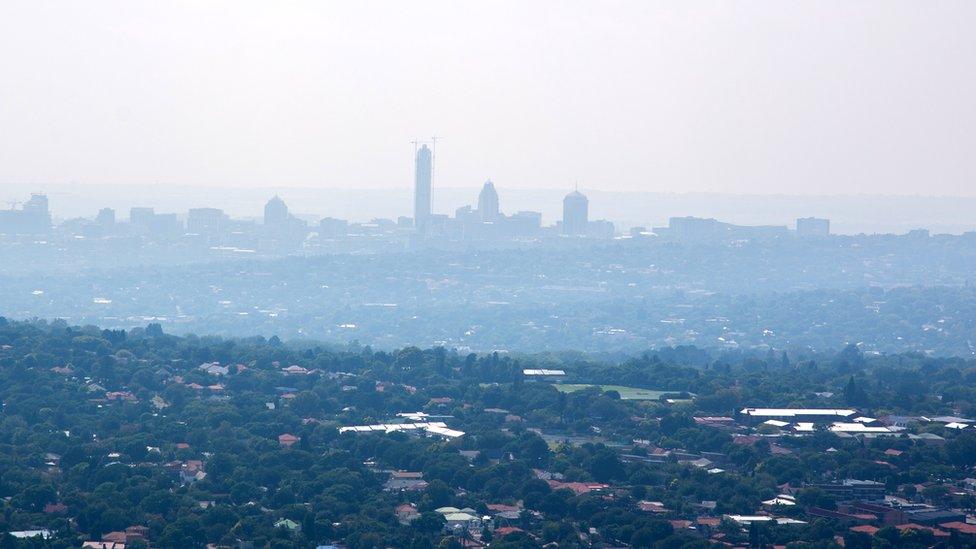
South Africa's Johannesburg has had a big problem with air pollution
IBM's Green Horizons project, currently being trialled in Johannesburg, is tracking various pollutants, including ozone, NO2, sulphur dioxide and particulates, by analysing historical and real-time data from thousands of sources.
IBM claims the system provides "granular, high-accuracy forecasting" of what the city's air pollution will look like the following day.
This means the authorities can issue public health warnings well in advance and apply corrective measures - increasing congestion charges, for example, or temporarily closing certain roads. Commuters will be made aware of the places to avoid and when.


"There are many aspects that influence the quality of air and can quickly change it in a few hours," explains Tapiwa Chiwewe, manager of advanced and applied AI for IBM Research, Africa.
"The production and discharge of pollutants, chemical reactions between reactive gases and aerosols, removal processes such as rain and displacement on surfaces, and transport and dispersal of pollutants by winds."
Despite all the variables, IBM says that during tests the tech has been able to predict ozone levels for several regions with accuracy rates of between 63-79%.
"Ideally, this dashboard could be used to warn the public of a particularly heavy pollution day or pinpoint where heavy polluters are located so they can be fined or shut down," says Mr Chiwewe.
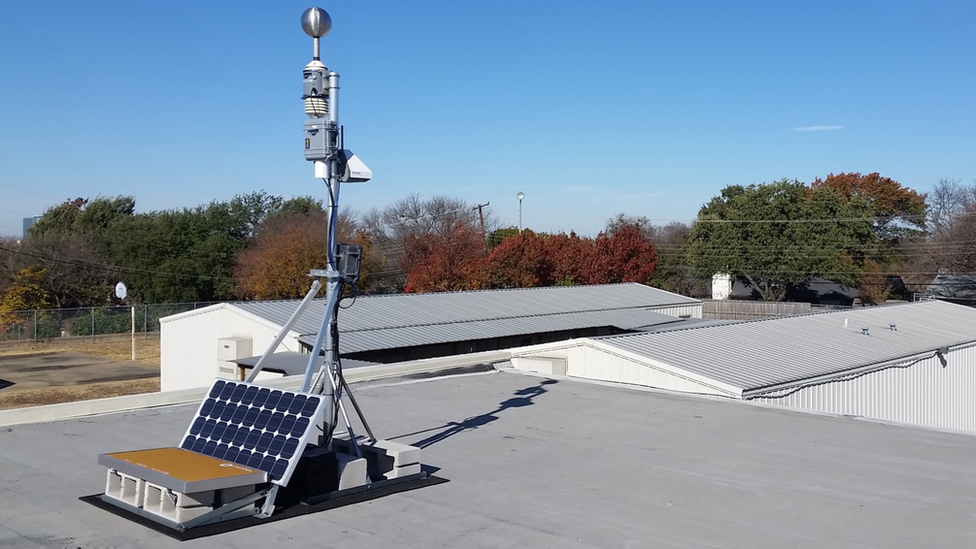
Air monitors have been around for decades, but AI is helping to analyse the data more effectively
The team hopes it will soon be able to predict pollution levels over a seven-day period.
Polluted air is a global problem.
Wisconsin-based tech start-up Understory started life building solar-powered monitoring stations to gather weather data for the agriculture and insurance sectors. Now it is deploying the tech to tackle air pollution.
Its monitoring network of 500 stations can process up to 125,000 sensor measurements a second, the company says, combining them with historical data to identify toxic hotspots in real-time within a 50 x 50m (164 x 164ft) grid.
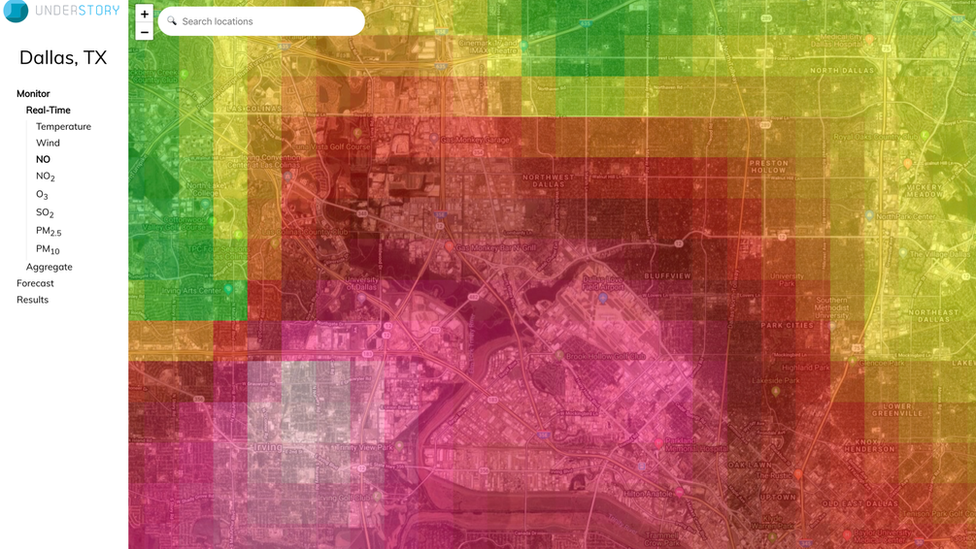
Understory says its air quality monitoring system can deliver highly accurate hour-by-hour forecasts
The software provides a picture of the region's air quality, including temperature, wind, humidity, pressure, rainfall, and solar radiation, and will even take passing aeroplanes or local traffic jams into account.
Understory's system is currently operational in Dallas, but is due to be rolled out in 10 US cities this year.
"City leaders can manage a morning's commute by changing tolls and traffic patterns in a way that mitigates the cumulative pollution and allows for all community members to get to work on time," says Understory chief executive Alex Kubicek.
"Last December our network in Dallas identified a wind pattern that gridlocked air over a major highway and airport," he adds.
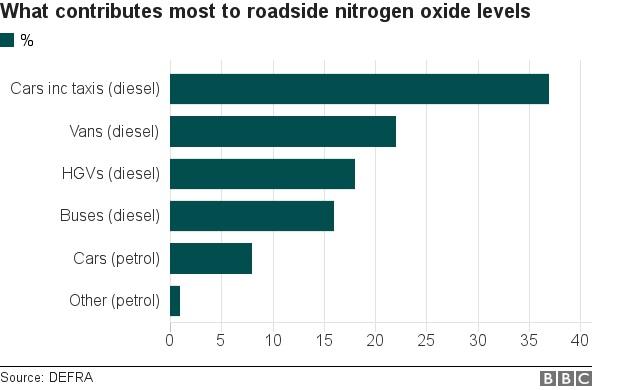
"This wind pattern trapped the unclean air over residential areas just to the south, where the community experienced a large amount of nitrogen oxide (NO) in the air for an extended period."
The NO cloud was hit by solar radiation so ozone formed, he says, creating an especially dangerous heavy smog over the neighbourhood. Once authorities are armed with this kind of foreknowledge they can plan accordingly, Understory believes.
But of course, monitoring and forecasting may help us to avoid and deal with the most dangerous toxic smogs, but it doesn't tackle the root cause of the problem: burning fossil fuels and belching pollutants from industrial processes into the air.
"To understand and act against toxic air properly everywhere we need to be able to measure pollution better," says Jenny Bates, clean air campaigner at environmental lobby group Friends of the Earth.
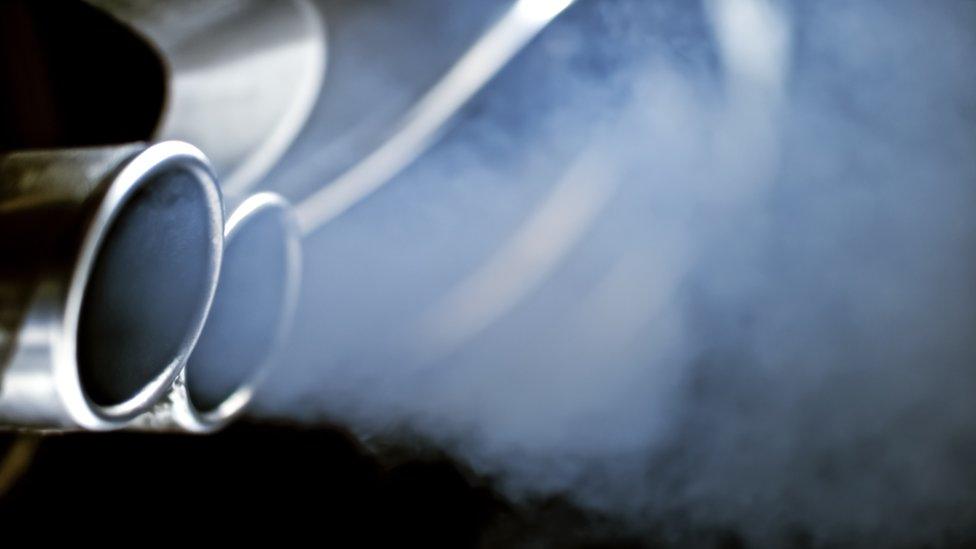
Transport is a major cause of air pollution around the world
"And technology such as AI shows promise in providing us with more information about the levels of pollution in the air we breathe.
"But good information is only the start. We must focus on dealing with air pollution at the source, to stop it presenting a risk to our health."
That is as much a political issue and as technological one.
Follow Technology of Business editor Matthew Wall on Twitter, external and Facebook, external